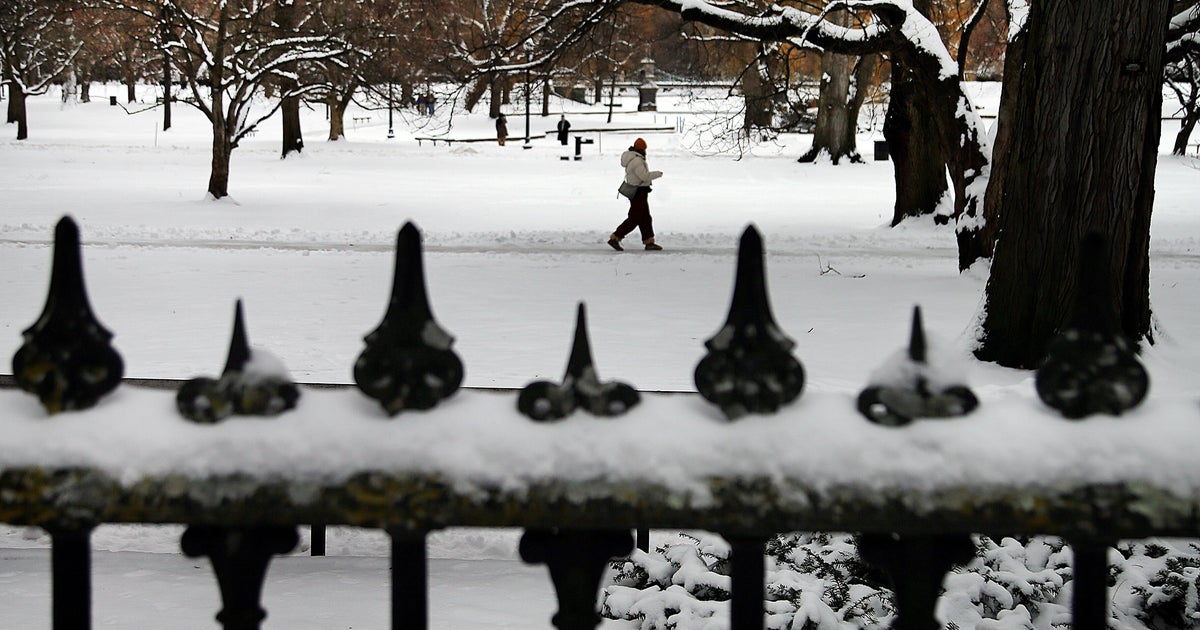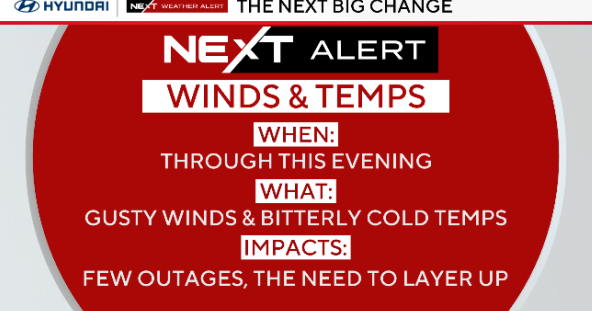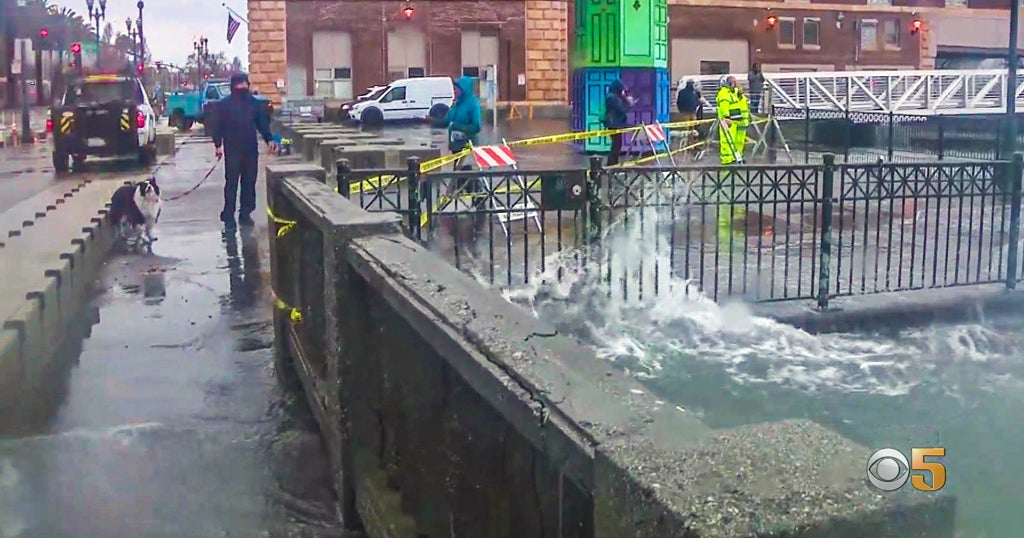El Niño has arrived. What does it mean for the weather?
It's official, an El Niño advisory is now in effect for the globe. After several months under a "watch," teetering on the edge of El Niño, NOAA's Climate Prediction Center (CPC) has finally pulled the trigger.
The climate phenomenon may enhance an already very stormy pattern across California, making it even stormier.
The El Niño Southern Oscillation is a natural cycle of warmer and cooler than normal Equatorial Pacific Ocean temperatures. The El Niño phase is a warming of the Central and sometimes Eastern Equatorial Pacific sea surface temperatures, occurring every few years on average.
By definition, sea surface temperatures are only required to be 1-degree Fahrenheit above normal to qualify. A warming of that seemingly small amount can send feedback into the atmosphere, helping fuel atmospheric rivers and strong sub-tropical jet streams like the one pummeling California right now.
The decision of whether or not to make it official is based on a variety of different technical criteria. But CPC determined as of Thursday those criteria are met, "based on the presence of above-average sea surface temperatures across most of the equatorial Pacific Ocean and corresponding changes in the overlying atmospheric circulation."
Dr. Anthony Barnston of the International Research Institute (IRI) for Climate and Society at Columbia University is a leading expert on El Niño and helps craft the forecast. He says that last part — corresponding changes in the overlying atmosphere — is what had been lacking since the fall. He explains, "Ocean temperatures have been warm enough in the El Niño regions for months but until recently we did not have enough ocean-atmosphere interaction. Now we do."
What will El Niño mean for the weather forecast?
So, will this make for a stormy pattern across the U.S.? Dr. Andrew Robertson, also of IRI, is cautious, saying that much of the recent stormy weather in the West "does not seem to be El Niño related."
Robertson connects most of the unsettled weather to a vigorous jet stream dropping south along the Pacific Coast "that is steering cold storms southward — hence the unusual snow in Seattle." Up to this point what we have seen "is almost the reverse of the typical El Niño pattern of a trough over the Pacific and Pineapple Express storms over California."
But the appearance of the Pineapple Express — a jet stream that starts near the Hawaiian islands — over California right now may mark a subtle shift in the pattern, to one with more El Niño-like impacts.
The weak El Niño is expected to continue for a few more months. Barnston says that may have limited impacts on weather as we close out winter.
Typical El Niños tend to be wetter than normal in Southern California and eastward across the southern U.S. from Texas to the Southeast. So the upcoming weeks may see increased storminess from El Niño in those areas. Considering the already saturated ground across California, more precipitation would likely mean more flooding for coastal areas and piles of heavy snow in the mountains.
"It will be interesting to see how things evolve," notes Robertson.





